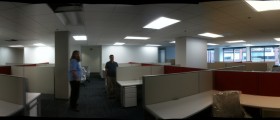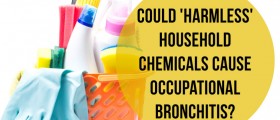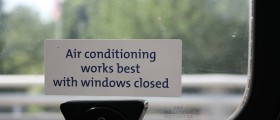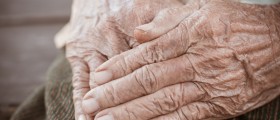
Sick building syndrome may be defined as a set of illnesses related to the place of work or residence. In majority of cases the problems are related to poor indoor air quality. There are flaws in heating ventilation and air conditioning systems. Furthermore, the condition may result from specific types of building materials, volatile organic compound or the presence of molds. To sum up, the adverse environmental conditions in a building may pose a risk to an occupant's health. The symptoms usually vary and skin rashes, headaches and breathing difficulties are only some of them.
Symptoms of Sick Building Syndrome
The most common symptoms reported by people suffering from sick building syndrome are headaches, fatigue, respiratory problems, loss of concentration and a variety of skin changes. Furthermore, sick building syndrome may also feature with heart palpitations, disturbed heart rate, irritability and nervousness. The symptoms may be associated with the internal factors such as chemical pollutants found in preservatives or disinfectants and benzene found in paints and oils. On the other hand, the symptoms may occur due to contaminants which enter the building from the external environment.
Causes of Sick Building Syndrome
The exact cause of sick building syndrome can be identified and in some cases it simply cannot be traced.
One of the known causes of sick building syndrome is a problem in ventilation. It is essential for all the buildings to allow proper supply of outside air and maintain the supply of fresh air. If there is a problem with fresh air supply due to malfunctioning heaters and air conditioners, one eventually develops sick building syndrome symptoms such as tiredness, breathing difficulties etc. Pollutants and contaminants are two more known causes of sick building syndrome. The sources of pollutants may be machines, manufacturing units as well as all the chemicals found inside the building such as adhesives, cleaning agents etc. Even biological contaminants like mildew growing on the walls and other microorganisms are considered responsible for sick building syndrome. There are several more known causes of the syndrome and they include bad acoustics, improper lighting and even human interactions.
Prevention of Sick Building Syndrome
Prevention of sick building syndrome includes proper hygiene, good ventilation and elimination of all the causative factors. Cleanliness and adequate hygiene are essential in prevention against sick building syndrome. The temperature is supposed to be optimal and supply of fresh air constant and adequate. If there is a doubt that some of the materials in the building cause the syndrome the occupants may request for inspection of the building. The symptoms may be reduced and completely eliminated once the ventilation or other systems are repaired and replaced and other problems such as mold properly dealt with.
Indoor plants are considered an excellent measure to prevent sick building syndrome. Plants are known to purify the air, absorb carbon dioxide and release oxygen. They may also absorb trace chemicals and this way reduces air pollution.

















Your thoughts on this
Loading...